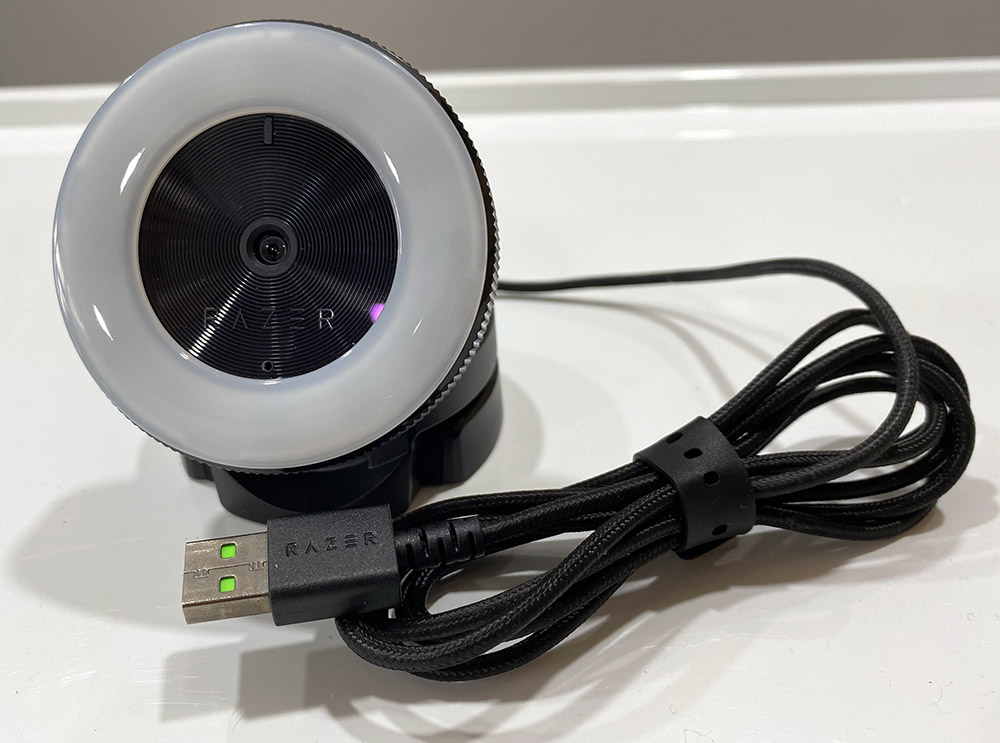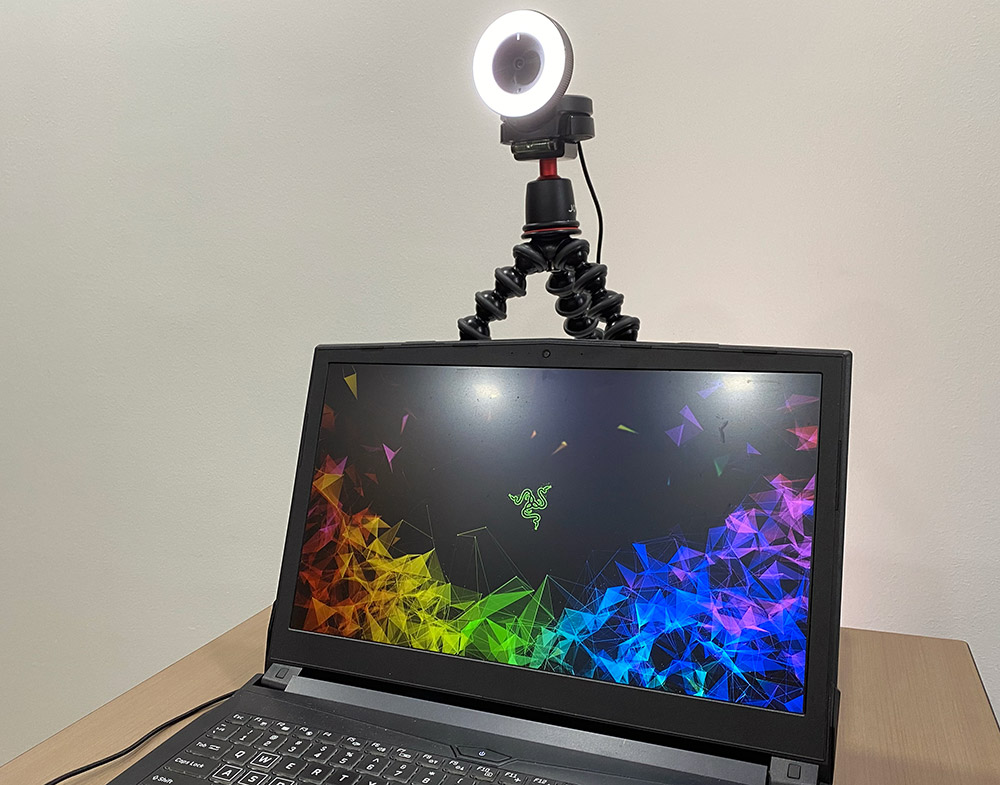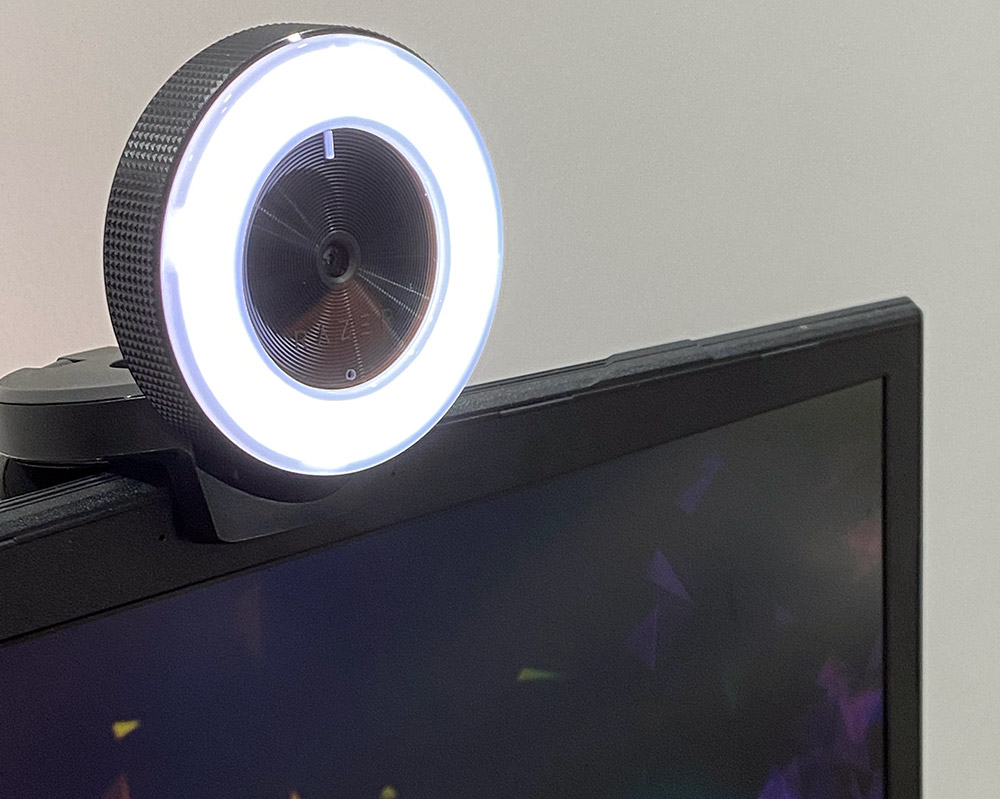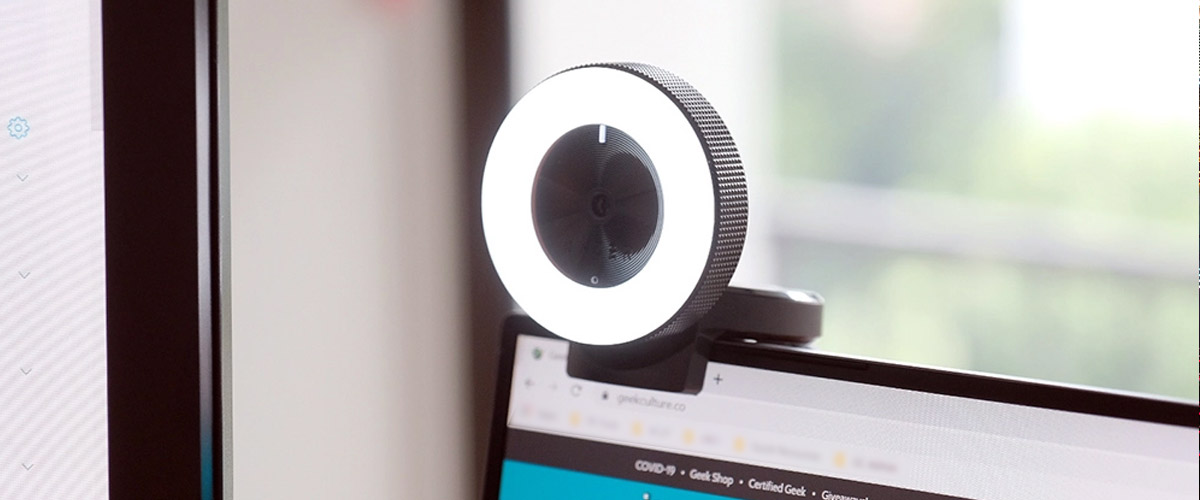With the world keeping mostly indoors and working from home, we’ve seen a mindset shift when it comes to getting gear that helps every be seen and heard clearly. And luckily, we’re at a time where Internet “streaming” level gear, once the domain of YouTubers and those who love to be seen and heard, and are now viewed as one of the essential tools to get through both work and play.
The best part is that such hardware is actually incredibly easy to set up, with pretty much all you need ready right out of the box. For communication, there is your selection of wired earphones or wireless earbuds but when it comes to video, that’s where the devil is in the details.

For everyone working from home, the common realisation is that not all webcams are made equal, and that in-built webcam that comes with your office laptop is likely to be the most unreliable hardware you can have, delivering poor image quality and probably angled at an odd position. It only took a pandemic to make people realise how some laptop manufacturers have been cutting corners with their in-built webcams.
The key difference here is a proper, dedicated camera sensor doing all the heavy lifting. With the Razer Kiyo, it’s easy for anyone to go HD with a very simple fix. Being able to output at 720p at 60fps, or 1080p at 30fps via its 4 megapixel camera is something worth considering, and even if your laptop can do this, the difference is staggering.

Be it in meetings via Zoom or streaming via Discord, the Razer Kiyo is by far one of the easiest ways to up your webcam game. While it might be tempting to stick to 1080p, being able to stream at 60fps is the game changer. Even at 720p, you can count on your footage being much smoother which goes a lot further than just having better picture quality. If you’re a beauty blogger or product review aspirant, the Razer Kiyo has intelligent and fast autofocus which helps bring to attention items you’re looking to highlight by bringing it into the foreground. Once taken away, the camera quickly snaps back to focus on the face. It’s a feature which will definitely be appreciated in some circles of streaming.
Taking it all into perspective, the eventual output of your webcam would, for the most part, be one of the many squares on a desktop. But if you’re being highlighted (and filling the screen), that’s where the Razer Kiyo’s ring light feature comes into play.

The biggest difference here with the Razer Kiyo and other webcam rivals would be the 10 Lux LED ring right. With 12 white LEDs casting a 5600K colour temperature, which is the same as daylight, the dial itself allows for users to calibrate the actual intensity of the brightness itself in minute increments. While one might compare this to ring lights that beauty influencers tend to make use of, the actual effective range of the ring light is only as good as 1 metre. In actual use, the effectiveness really falls off at the 80 cm mark. But anything before that and the ring light does well to illuminate the skin and give it a nice soft glow. There’s a lot more legwork when it comes from setting up the right kind of light for broadcast and the Razer Kiyo has done well to help the average consumer get one baby step closer to TV studio type lighting.
If you’re looking for lights which are more powerful which shine directly in your face, perhaps those used in an interrogation room might do the trick. Considering that all this is powered with only a single USB cable, this is ultimately the trade off between power and convenience.

Rounding up the entire package, the Razer Kiyo’s microphone is good for the most part but you could do better with a dedicated microphone or headset. It’s great for video calls as the omnidirectional mic is able to pick up speech with clarity from a comfortable distance away from the webcam. This helps users by not giving the audience a peek up your nostrils each time one has to move forward closer to the camera in order to be heard. The downside is that with the lack of the directional focus, quite a bit of ambient audio is picked up as well. Thus, you’d need a relatively quiet room to have the mic function optimally.
At S$159.90, the Razer Kiyo does really well in ticking off the boxes when it comes to making a really great webcam. It’s also a small price to pay for a step up from the inbuilt cameras in most computers. There are little downsides apart from the rather large clamp the Razer Kiyo comes default with. Depending on how big (or small) the bezels of your display are, it might be a better option to have the Kiyo mounted on a small desk tripod. With an L-shaped joint and a standard mounting screw at the base, the Razer Kiyo can afford a multitude of flexible options as your stream setup grows more complex over time.
While we all knew that being stuck at home and having a lot more video calls would be part and parcel of everyday life these days, investing in a proper webcam like the Razer Kiyo is a worthwhile investment considering the foreseeable usage. Do yourself a big favour and make a small investment into one of the easiest upgrades for the world’s new normal.
GEEK REVIEW SCORE
Summary
With an inbuilt LED light sealing the deal for a solid 720p 60fps webcam, the Razer Kiyo has found itself in a solid position to help tackle the modern realities for work and play from the home.
Overall
8.5/10-
Build Quality - 8/10
8/10
-
Performance - 9/10
9/10
-
Value - 8/10
8/10
-
Geek Satisfaction - 9/10
9/10
User Review
( votes)Gerald currently straddles between his love of video games and board gaming. There’s nothing that interests him more than trying out the newest and fanciest gadget in town as well. He dreams of publishing a board game sometime in the future!












